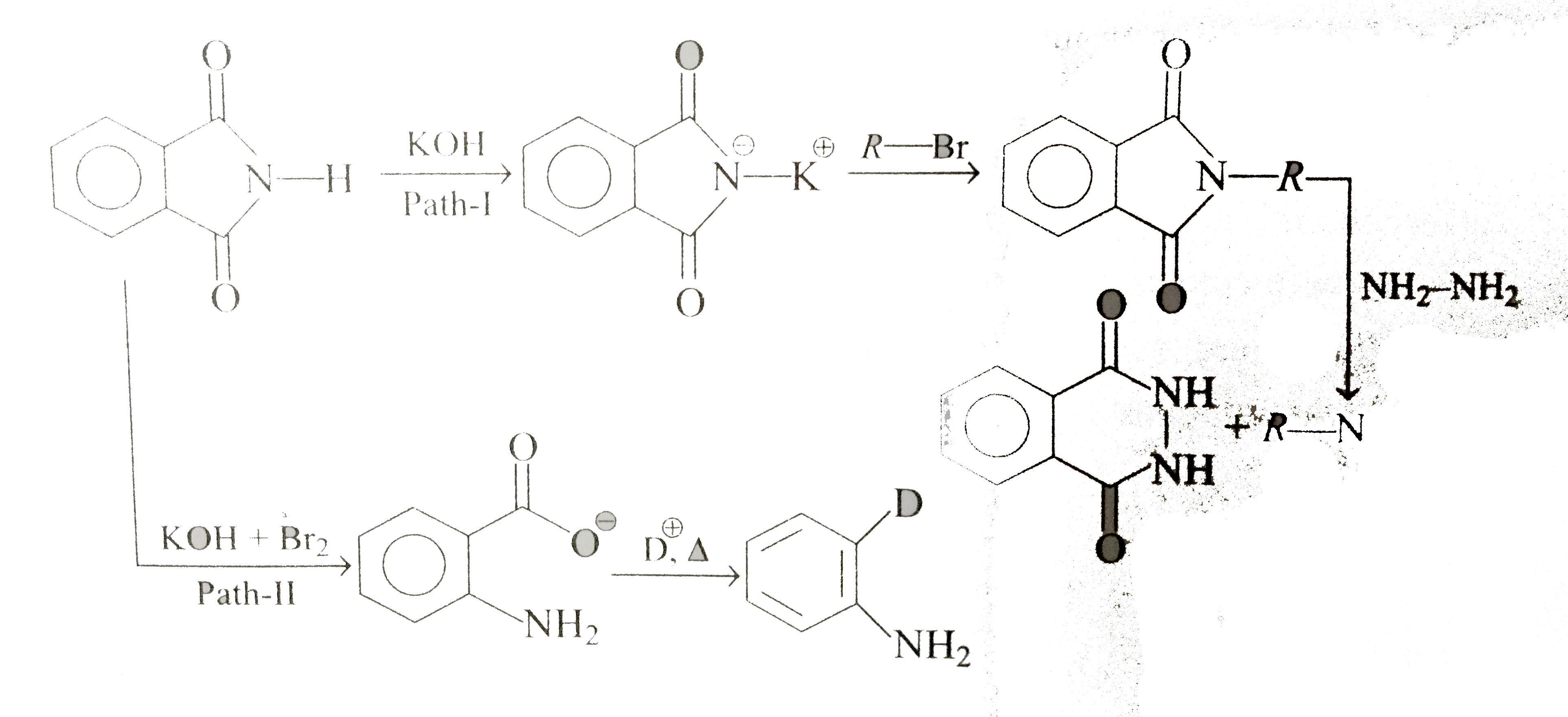Colloidal solution of which of the following cannot be prepared by Breding's arc method?
Pt
Au
Ag
Fe
The correct Answer is:D
To solve the question of which colloidal solution cannot be prepared by Bredig's arc method, we first need to understand the Bredig's arc method itself.
Step 1: Understanding Bredig's Arc Method
Bredig's arc method is a technique used to produce colloidal solutions of metals. In this method, an electric arc is created between two electrodes submerged in a liquid medium (usually water). The intense heat from the arc vaporizes the metal, and as the vapor cools, it condenses into fine particles that form a colloidal solution.
Hint: Remember that the Bredig's arc method is effective for metals that have low reactivity and a high standard reduction potential.
Step 2: Identifying Suitable Metals
The Bredig's arc method is suitable for non-reactive metals or those with low reactivity. Common metals that can be colloidally dispersed using this method include:
- Gold (Au)
- Silver (Ag)
These metals have a high standard reduction potential, making them suitable for this method.
Hint: Focus on the reactivity of the metals. Non-reactive metals are preferred for this method.
Step 3: Identifying Metals That Cannot Be Used
On the other hand, metals that are highly reactive or have a low standard reduction potential cannot be effectively used in this method. For example:
- Iron (Fe) is a reactive metal and has a lower standard reduction potential compared to gold and silver.
Hint: Consider the reactivity series of metals. Metals that are more reactive than hydrogen typically cannot be used in the Bredig's arc method.
Conclusion
Based on the above analysis, the colloidal solution that cannot be prepared by Bredig's arc method is iron (Fe).
Final Answer: Iron (Fe) cannot be prepared by Bredig's arc method.
Bredig's arc method is a technique used to produce colloidal solutions of metals. In this method, an electric arc is created between two electrodes submerged in a liquid medium (usually water). The intense heat from the arc vaporizes the metal, and as the vapor cools, it condenses into fine particles that form a colloidal solution.
The Bredig's arc method is suitable for non-reactive metals or those with low reactivity. Common metals that can be colloidally dispersed using this method include:
- Gold (Au)
- Silver (Ag)
On the other hand, metals that are highly reactive or have a low standard reduction potential cannot be effectively used in this method. For example:
- Iron (Fe) is a reactive metal and has a lower standard reduction potential compared to gold and silver.
Based on the above analysis, the colloidal solution that cannot be prepared by Bredig's arc method is iron (Fe).
Topper's Solved these Questions
Similar Questions
Knowledge Check
Which of the following metal sols. cannot be prepared by Bredig’s arc method -
ACopperBPotassiumCGoldDPlatinumWhich of the following cannot be prepared by Sandmeyer's reaction?
AChlorobenzeneBBromobenzeneCIodobenzeneDFluorobenzeneWhich of the following cannot be prepared by Sandmeyer's reaction?
AChlorobenzeneBBromobenzeneCIodobenzeneDFluorobenzene
Which of the following mixtures cannot be prepared ?
View SolutionWhich of the following compound cannot be prepared ?
View SolutionWhich one of the following cannot be prepared by Wurtz reaction ?
View Solution
Which of the following amines cannot be prepared by path-I?
View SolutionWhich of the following cannot be prepared by using Williamson's synthesis ?
View Solution
